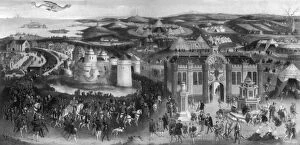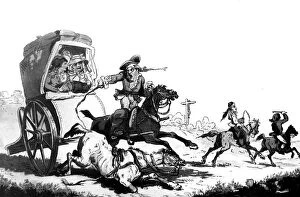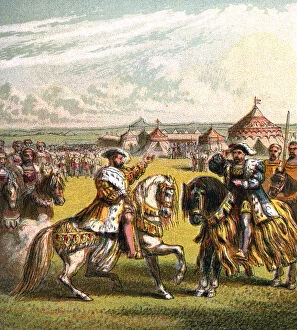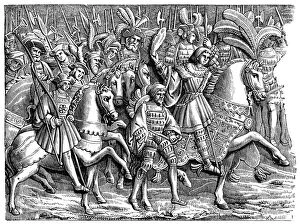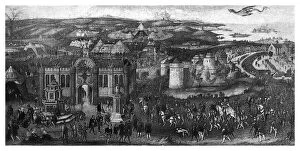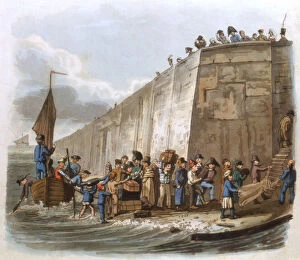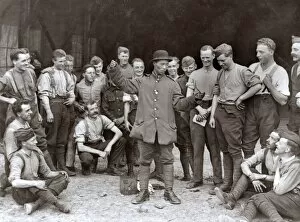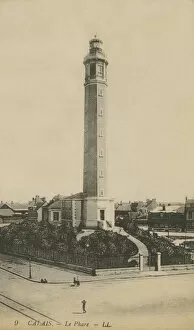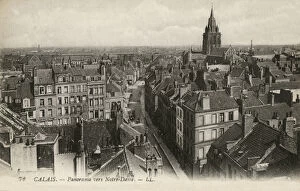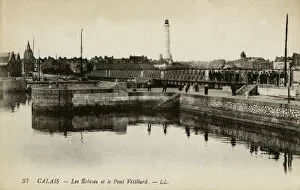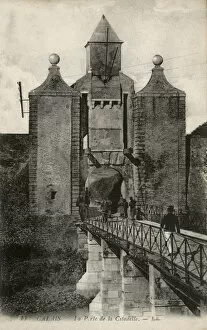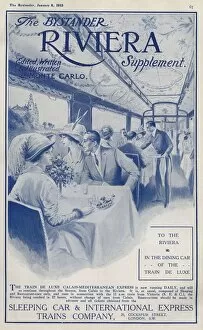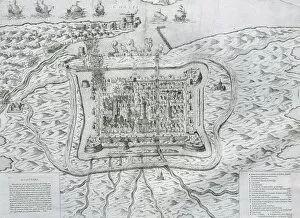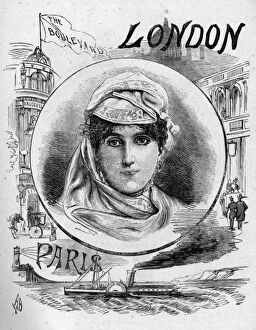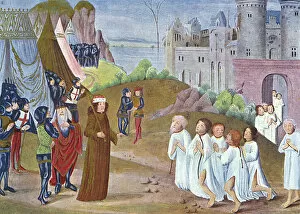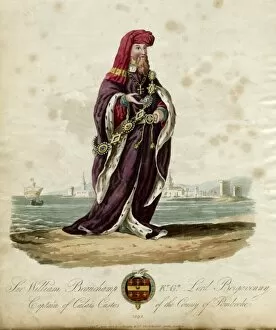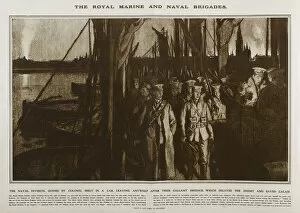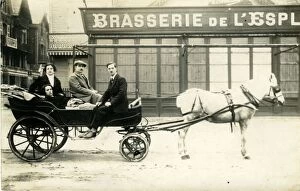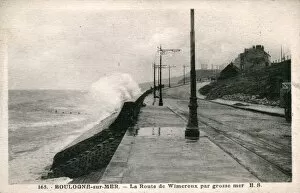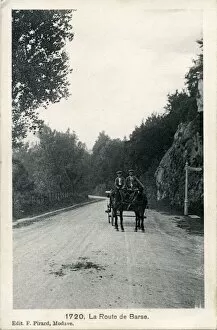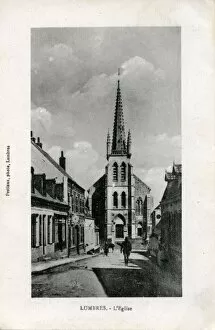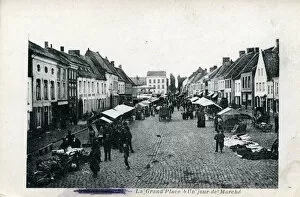Calais Collection (#8)
Calais, a city steeped in history and cultural significance
For sale as Licensed Images
Choose your image, Select your licence and Download the media
Calais, a city steeped in history and cultural significance. From the iconic Captain Woolf Barnato with his Bentley to the Franco-British Exhibition in London promoting unity, it has left an indelible mark on our collective memory. Art enthusiasts are drawn to Calais for its connection to renowned painter Hogarth and his masterpiece depicting the traditional English dish of roast beef. The image evokes a sense of nostalgia and pride in our culinary heritage. The spirit of adventure is alive in Calais, as seen through the daring rowing feat of an Oxford crew crossing the treacherous English Channel. Their determination exemplifies the resilience that defines this remarkable city. Fields adorned with golden cloth capture the essence of Debay's work, showcasing nature's beauty intertwined with human creativity. It serves as a reminder that art can be found even in unexpected places. The Continental Boat Express stands as a testament to Calais' role as a gateway between nations, facilitating travel and fostering connections across borders. This transportation marvel has brought people together for generations. In 1947, amidst post-war recovery efforts, lovers strolled arm-in-arm on railway platforms beside the luxurious locomotive known as the "Golden Arrow. " This symbolized hope and renewal as passengers embarked on their journey from London to Dover before catching a ferry to Calais. William Hogarth immortalized The Gate through his etching, capturing its architectural grandeur for future generations to admire. His attention to detail transports us back in time and allows us to appreciate this historical landmark anew. Sir Andrew Judde, Lord Mayor of London during Tudor times, played a significant role in shaping both cities' destinies by fostering trade relations between them. His legacy lives on through these enduring ties. During World War I, recruitment posters like "Come Lad Slip Across and Help" rallied young men from all walks of life towards duty and sacrifice. These powerful images remind us of the bravery and selflessness exhibited by those who answered the call.



